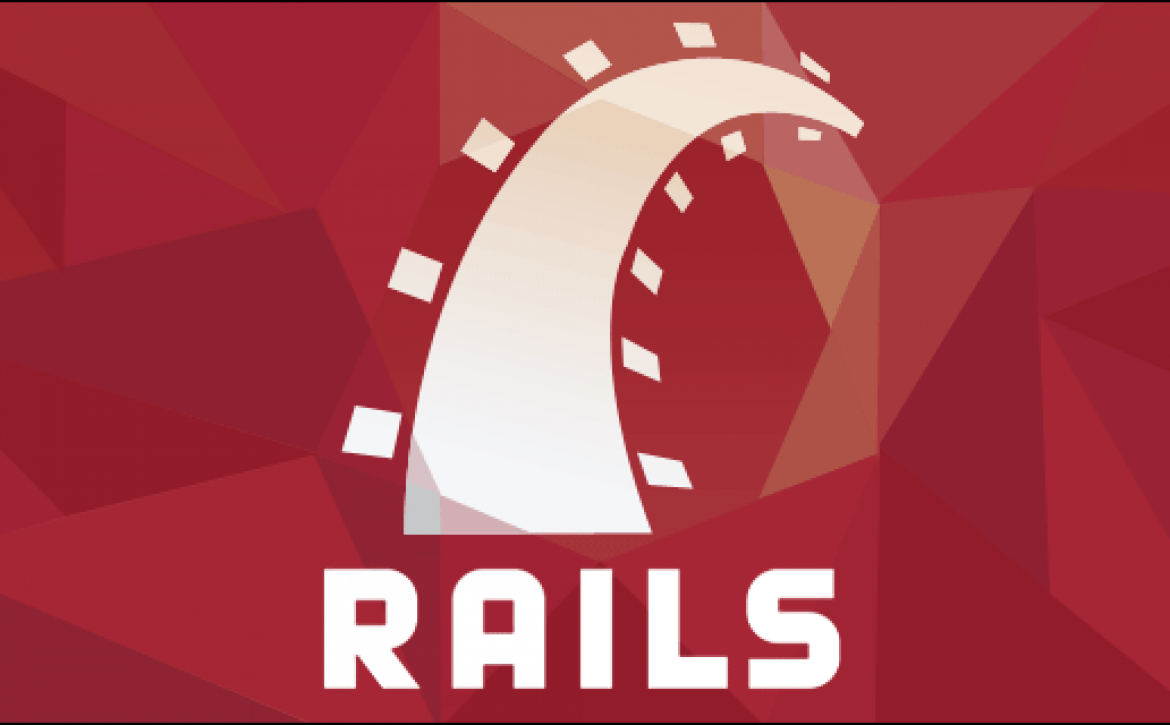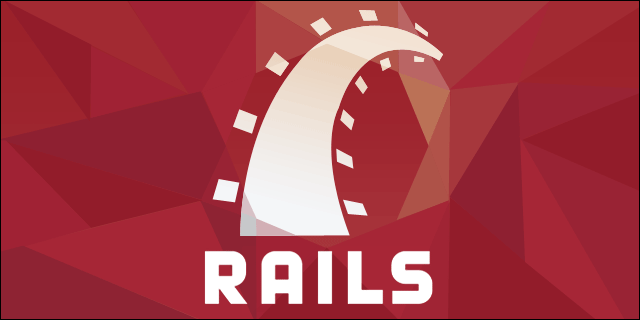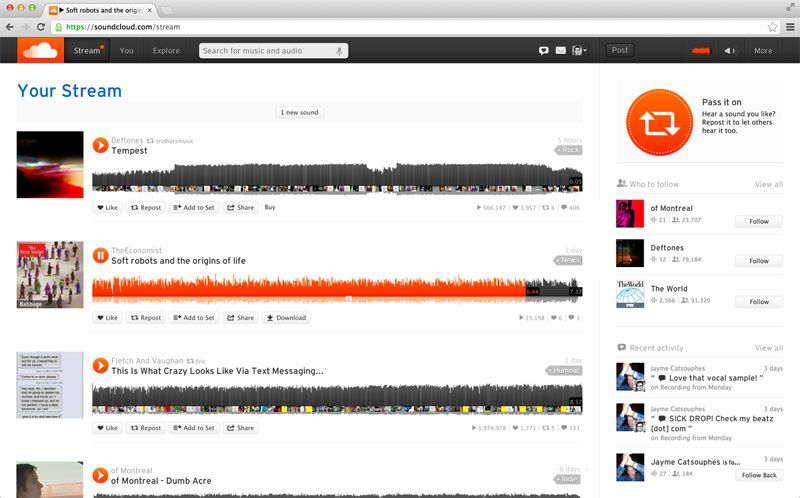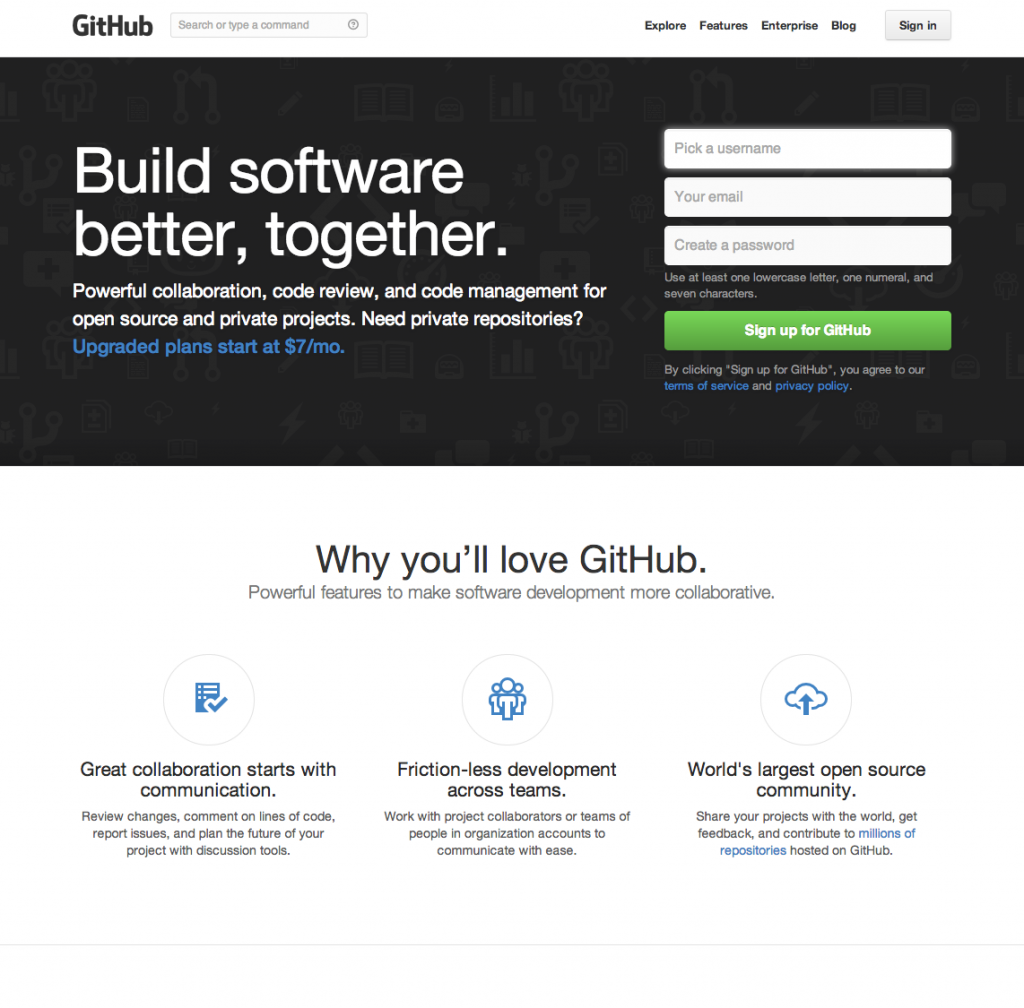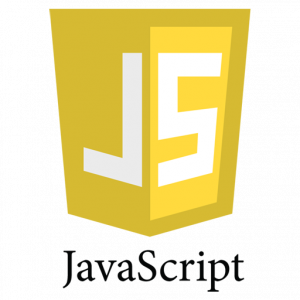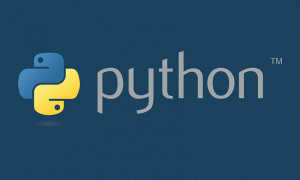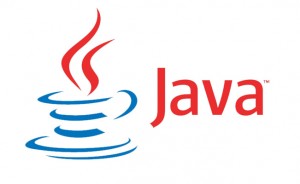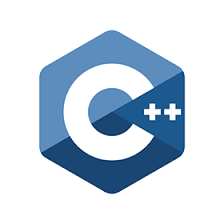Agile vs. Waterfall: Choosing the Right Software Development Methodology
Choosing the best software development technique is a crucial choice that can have a big impact on a project’s success. Agile and Waterfall, two widely used paradigms, provide different approaches to software development. This blog will examine the fundamental distinctions between Agile and Waterfall, outlining their advantages and disadvantages as well as the selection criteria that should be used.
Waterfall
A conventional and sequential approach to software development is waterfall. Before going on to the next phase, each one must be finished in a sequential and planned manner. The gathering of requirements, system design, implementation, testing, deployment and maintenance are the major stages of the waterfall model.
Strengths
- Clarity: The inherent clarity of the Waterfall technique is one of its main advantages. It provides a clear project roadmap with well-defined and organized milestones. Projects with clearly stated needs will benefit most from this clarity. Stakeholders can readily follow the project’s development and know what to anticipate at each stage.
- Stability : Waterfall’s rigidity might be viewed as a strength in some situations. It gets harder to make significant modifications once a phase is finished. Although it could appear to be a disadvantage, this might offer stability while the project is being developed. When working on projects that demand tight adherence to initial specifications, such those in regulated areas like healthcare or banking, this steadiness is advantageous.
- Documentation: Waterfall places a lot of importance on documentation. At every stage, extensive documentation is produced, including test plans, design specifications, requirements documents and more. This comprehensive paperwork is a useful asset for future maintenance and compliance. It guarantees that a thorough history of the project is preserved, making it simpler for upcoming teams to comprehend and maintain the software.
- Predictability: Waterfall is quite predictable because of its linear structure. The completion date and the delivery date of each phase and the finished product can be clearly understood by project managers and stakeholders. This predictability is essential for planning and budgeting, particularly in settings where sticking to deadlines and spending limits is of the utmost importance.
- Quality Control: After the development phase, the waterfall process involves certain testing phases. This makes it possible for thorough testing, which may result in a higher degree of quality assurance. The systematic method minimizes the possibility of important issues sliding through the cracks by ensuring that each phase is properly finished before moving on to the next.
Weaknesses
- Rigidity: When dealing with shifting or evolving needs, waterfall’s inflexible structure might be problematic. Since each step must be finished before going on to the next, it might be difficult to accommodate new information or priorities that change. This rigidity can lead to inefficiencies because changes frequently necessitate going back and re-doing earlier stages, which could cause project delays and higher costs.
- Late input: In the Waterfall approach, stakeholders usually offer input after the development phase, toward the end of the project. This delayed feedback might be problematic since it reduces the chance to change directions or incorporate important information sooner in the process. It could cause miscommunication or expectations among stakeholders to diverge from project outcomes.
- Long Delivery Time: Because waterfall projects are sequential, the final product is only supplied when all project phases have been completed. This prolonged development cycle may be a drawback, particularly in industries with high market opportunity tempo. Delivery delays could lead to missed market opportunities or more competition, which could have an effect on how well a product does.
The Waterfall methodology offers strengths in terms of clarity, stability, documentation, predictability, and quality control. These attributes make it suitable for projects with well-defined requirements and where adherence to initial plans and regulatory compliance are paramount. However, it’s essential to consider its weaknesses, such as rigidity and limited adaptability to changing requirements, and weigh these factors against the specific needs of the project before deciding to adopt the Waterfall approach.
Agile
Software development using the agile methodology emphasizes teamwork, client feedback and ongoing improvement. Agile projects are broken up into smaller sections known as sprints or iterations, allowing for regular reevaluation and modification.
Strengths
- Flexibility: Agile’s capacity for adaptation is one of its greatest assets. Agile embraces change as a basic premise, in contrast to conventional Waterfall techniques. Teams can react quickly to changing requirements, market circumstances, or new information thanks to this flexibility. Agile teams can modify a project’s priorities and features in response to changing business requirements, making sure that the finished product still meets the stated goals.
- Customer-Centric: The importance of customer collaboration and feedback is emphasized by agile. Involving clients or users early on in the development process is a priority. By placing the needs and expectations of the consumer first, a product that meets those needs and expectations is provided. Teams can iteratively improve the product through frequent feedback loops, demos and user testing sessions, leading to a solution that better serves its target market.
- Early Deliveries: Agile encourages the gradual delivery of functional prototypes or features. Agile teams give stakeholders early glimpses of the functionality of the product before the project is fully finished. Early in the development phase, these incremental deliverables give stakeholders measurable value. It enables speedy confirmation of hypotheses, aids in the early detection of potential problems and can even hasten the project’s return on investment (ROI).
- Continuous improvement: A culture of continuous improvement is promoted through agile approaches. Agile is known for its frequent retrospectives, where teams evaluate their performance and pinpoint areas for improvement. The team is continually looking for ways to operate more productively, communicate better and produce items of higher quality thanks to this approach. Additionally, it encourages the development of better practices and guarantees that the team will continue to be flexible and responsive to change.
- Enhanced Risk Management: Agile’s incremental and iterative approach has built-in advantages for risk reduction. The project is divided into smaller, more manageable chunks (typically called sprints or iterations), which allows for the early identification and mitigation of hazards. Early risk management reduces the likelihood of facing significant obstacles or project failure later on. Agile is a proactive approach to risk management because of how transparent and collaborative it is, which enables teams to identify hazards quickly and take appropriate action.
Weaknesses
- Complexity : Agile’s emphasis on teamwork and open communication can be vulnerable in some situations. Agile may make it difficult for large or dispersed teams to sustain the degree of active collaboration required. Decision-making might become complex and take longer due to coordination across time zones or cultural barriers. Additionally, coordinating a large team’s contributions and making sure everyone is on board with the project’s objectives can be difficult, which can cause communication bottlenecks and potential productivity problems.
- Scope Creep: If not adequately managed, scope creep can occur in agile initiatives. Agile’s adaptability, which encourages modifications and adjustments, can occasionally result in a project’s scope being increased beyond what was originally anticipated. Timelines and budgets for projects may be impacted since new work may need more time and resources. Agile relies heavily on effective scope management to avoid scope creep, including explicit requirements and change control procedures.
- Lack of documentation: Agile might have less thorough documentation than more established approaches like Waterfall. Agile promotes working software over thorough documentation, which can cause problems in some situations. Without adequate documentation, regulatory compliance or knowledge transfer to future teams may be hampered. It’s crucial to strike a balance between agility and the requirements for documentation.

Choosing the Right Method:
- Project Type: Waterfall is appropriate for clearly defined projects with consistent needs, including software for regulatory compliance. Agile is preferable for projects like web development or the construction of mobile apps that have changing or ambiguous requirements.
- Client involvement: Consider the level of the client’s or end-users’ involvement during development. While Waterfall frequently delays client involvement until the very end, Agile encourages ongoing client feedback and participation.
- Project Size: Agile’s quick iterations are beneficial for smaller projects, whereas Waterfall’s structure and predictability may be necessary for larger, more complicated projects.
- Timeline: Evaluate the timeline for your project. While Agile offers flexibility in altering timeframes, Waterfall may be better suited for projects with strict deadlines.
- Team Experience: Take your development team’s experience into account. Agile’s collaborative nature may call for more seasoned team members.
- Regulatory Requirements: Waterfall’s thorough documentation and control may be required for projects that must adhere to tight regulatory norms.
There is no one size fits all answer to the Agile vs. Waterfall argument. Your project’s specific details, such as its scale, customer engagement, timeframe, budget and regulatory constraints, will determine your best course of action. Agile gives flexibility and adaptability whereas Waterfall offers stability and predictability. Many businesses use hybrid techniques, which combine the finest aspects of both cultures. In the end, choosing the appropriate methodology is an important choice that should be in line with the unique requirements and objectives of your project to ensure a successful software development journey.
GoodWorkLabs is a leading global software development company specializing in custom software product development for clients in the USA, Europe, and India. We assist startups and Fortune 500 companies on their digital transformation journey by creating top-notch applications tailored to their specific needs. With expertise in various technologies like Java Microservices, PHP, Ruby on Rails, and more, we follow agile methodologies to continuously deliver scalable software solutions for various platforms. Our services include cloud-based and SaaS products, responsive web development, progressive web apps, and enterprise solutions, all aimed at providing tailored, innovative digital solutions to businesses.
At GoodWorkLabs we excel in open-source software development for clients seeking quick, cost-effective solutions. To know more, schedule a call with ‘GoodWorkLabs experts’.







